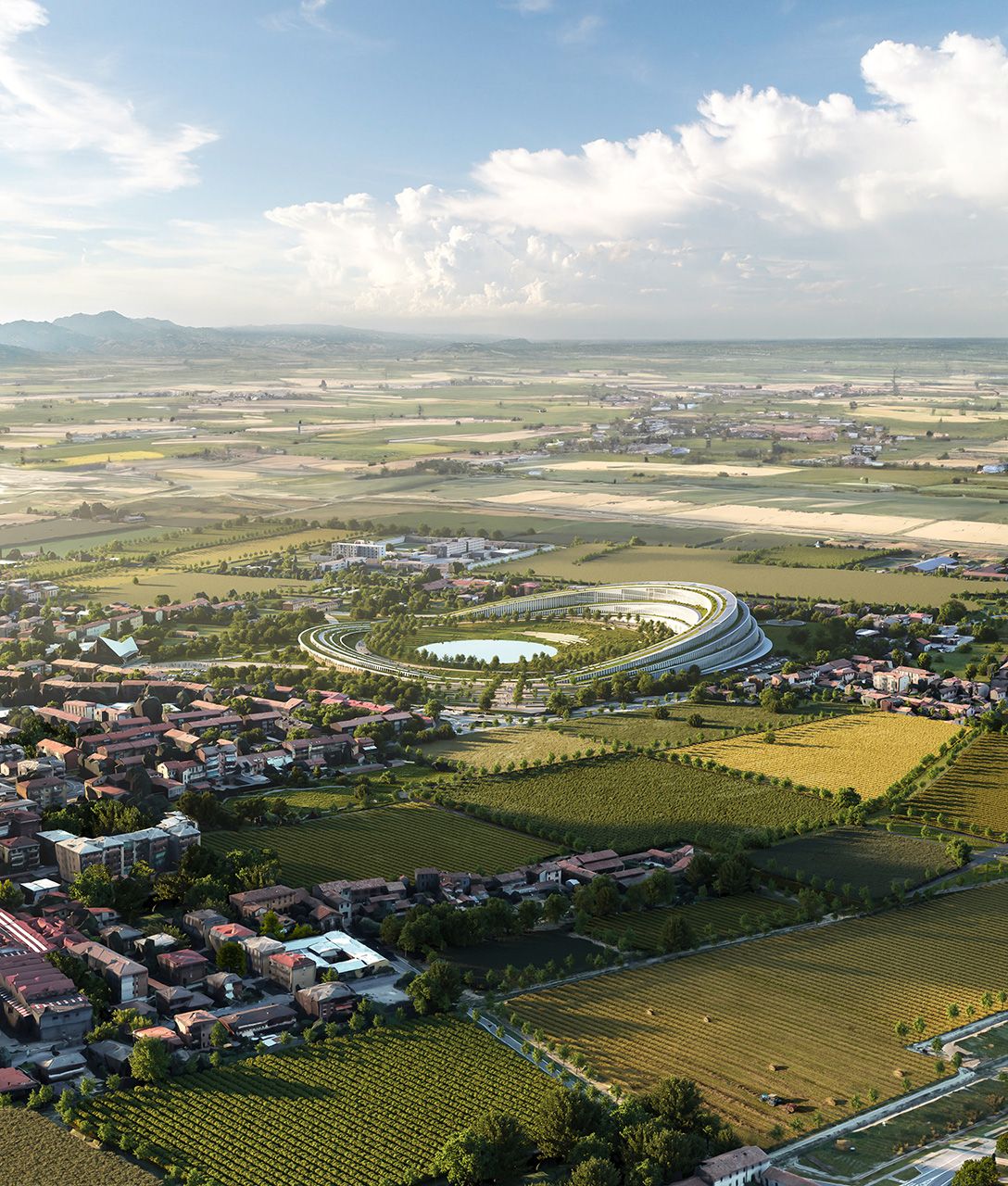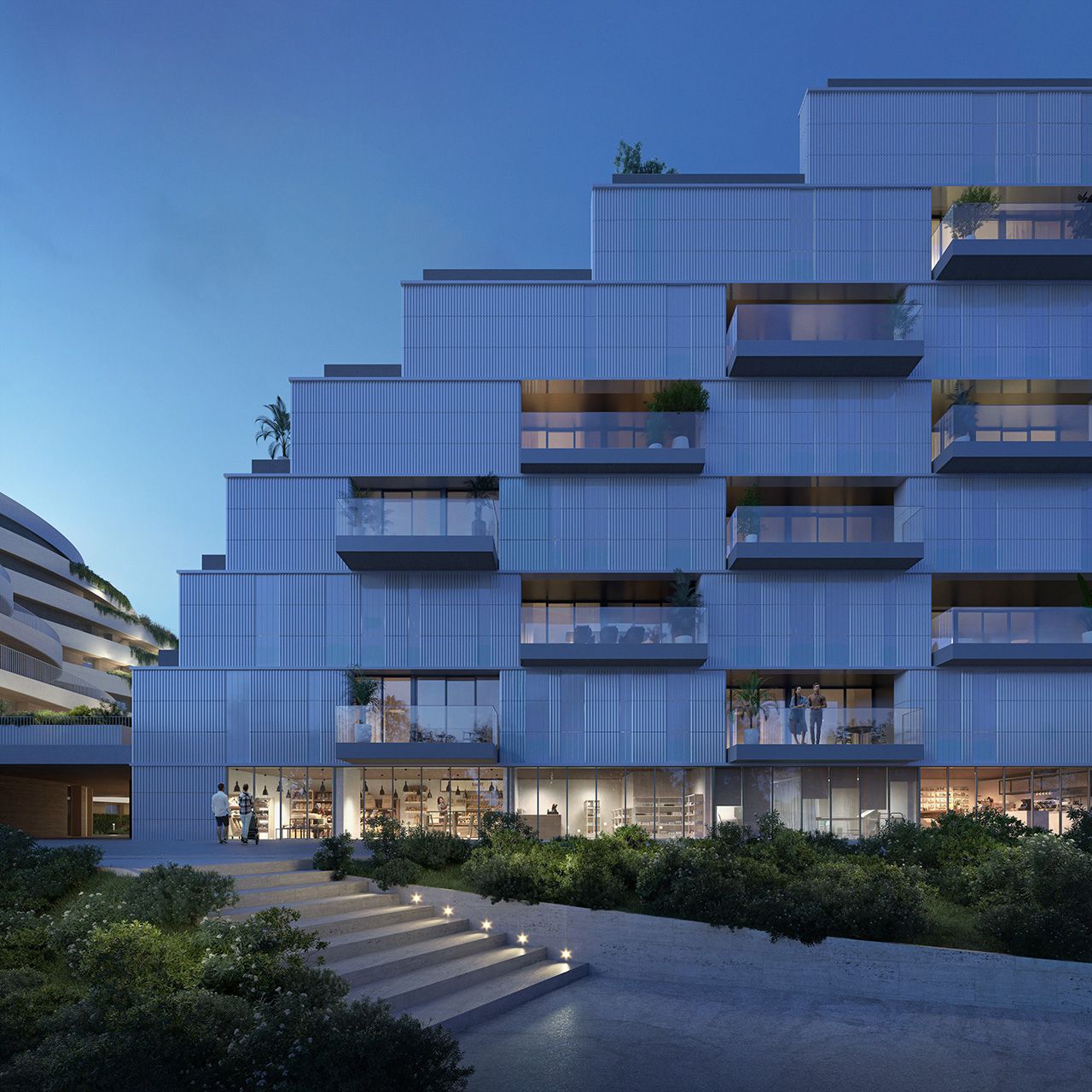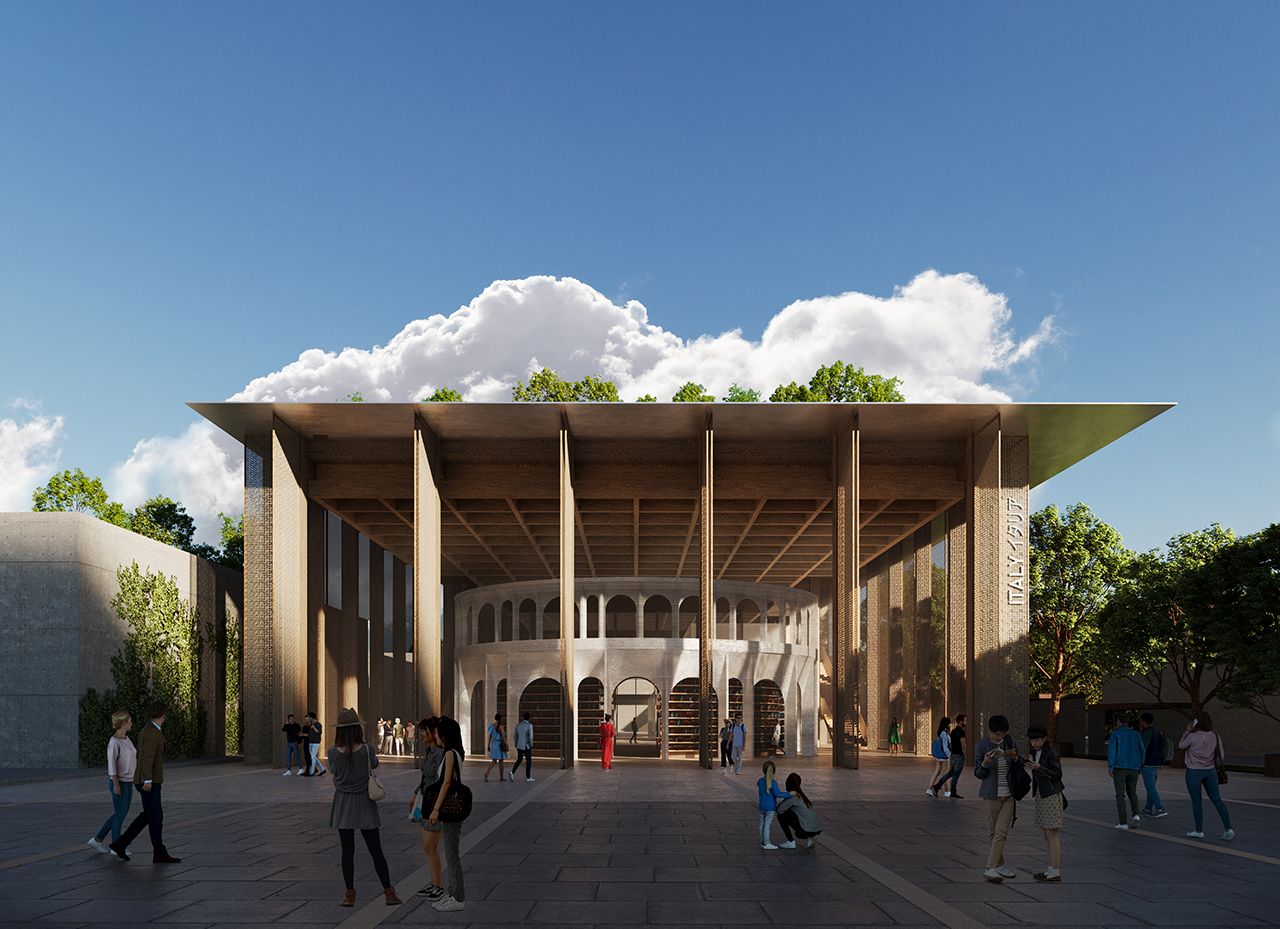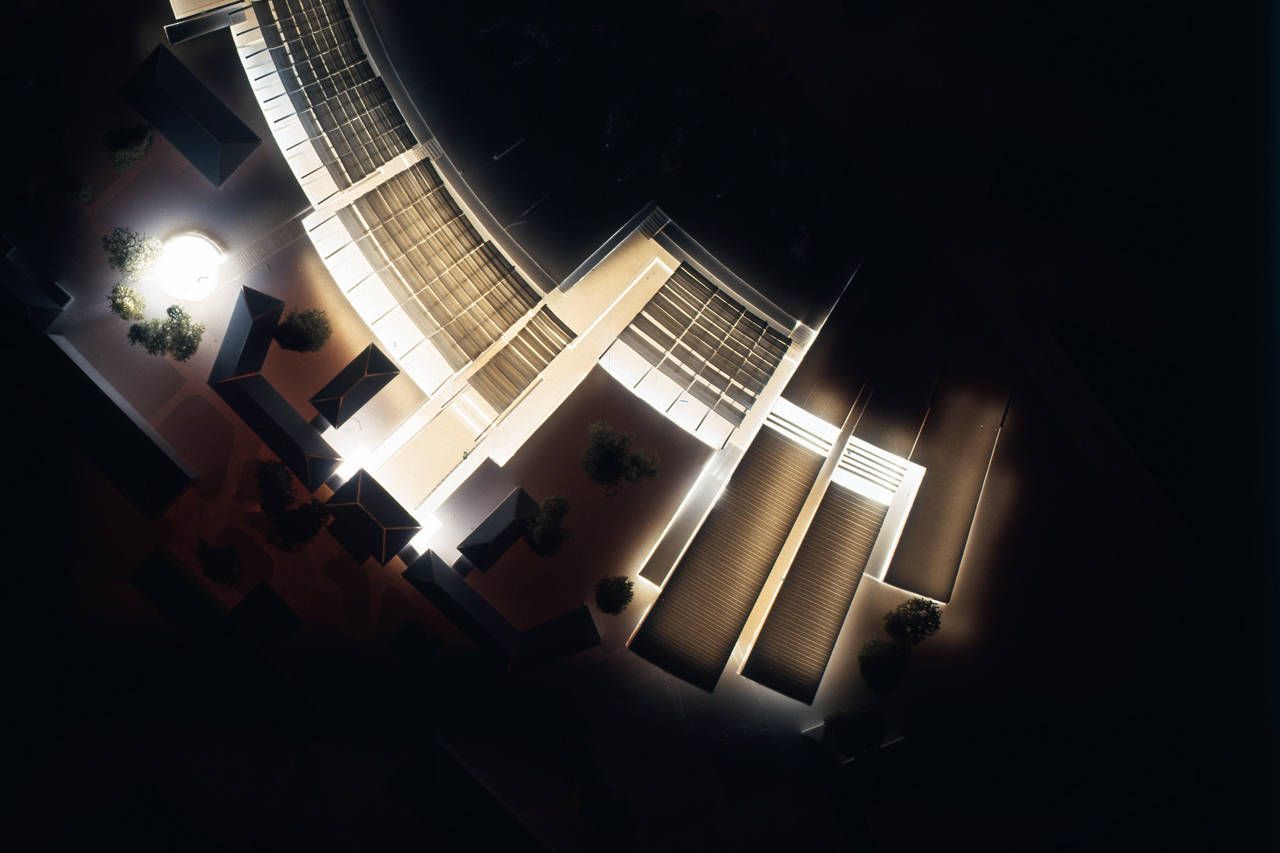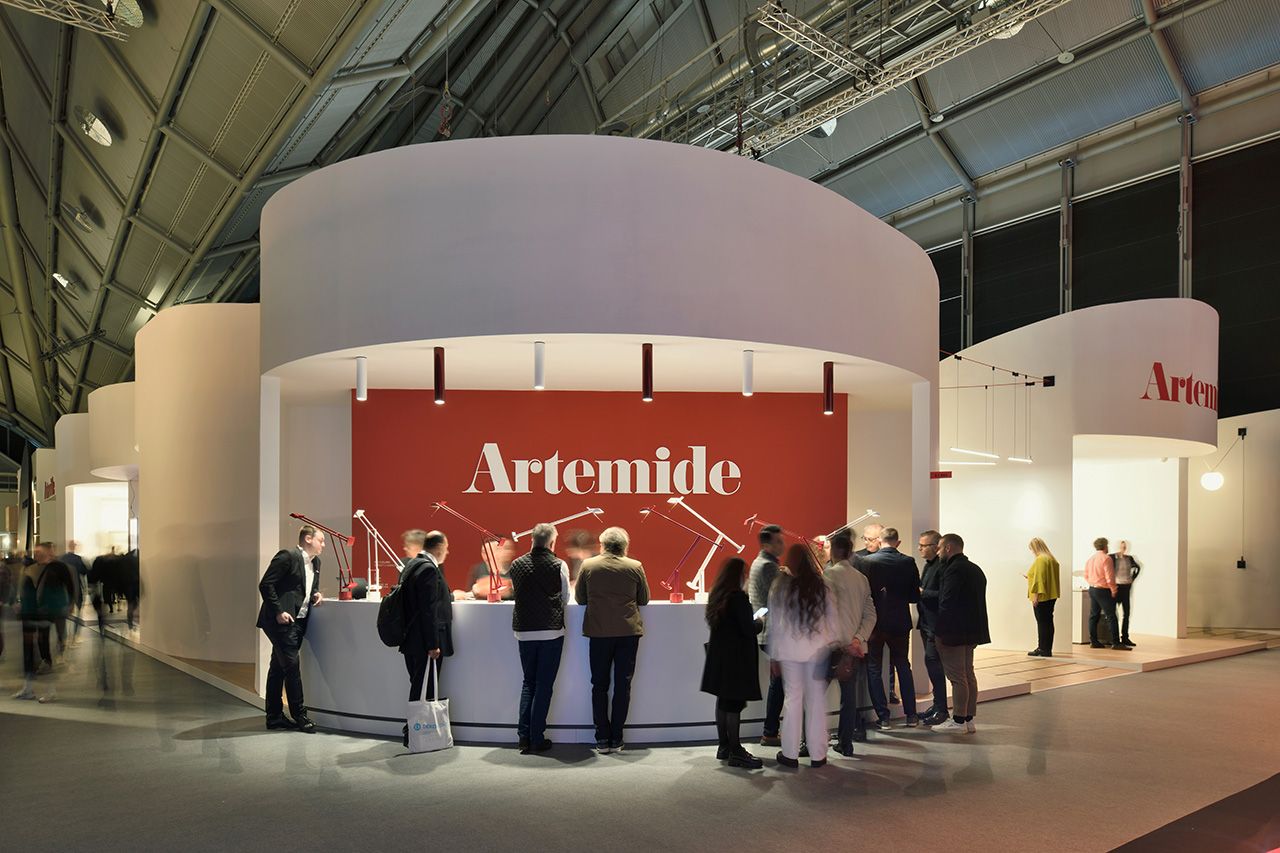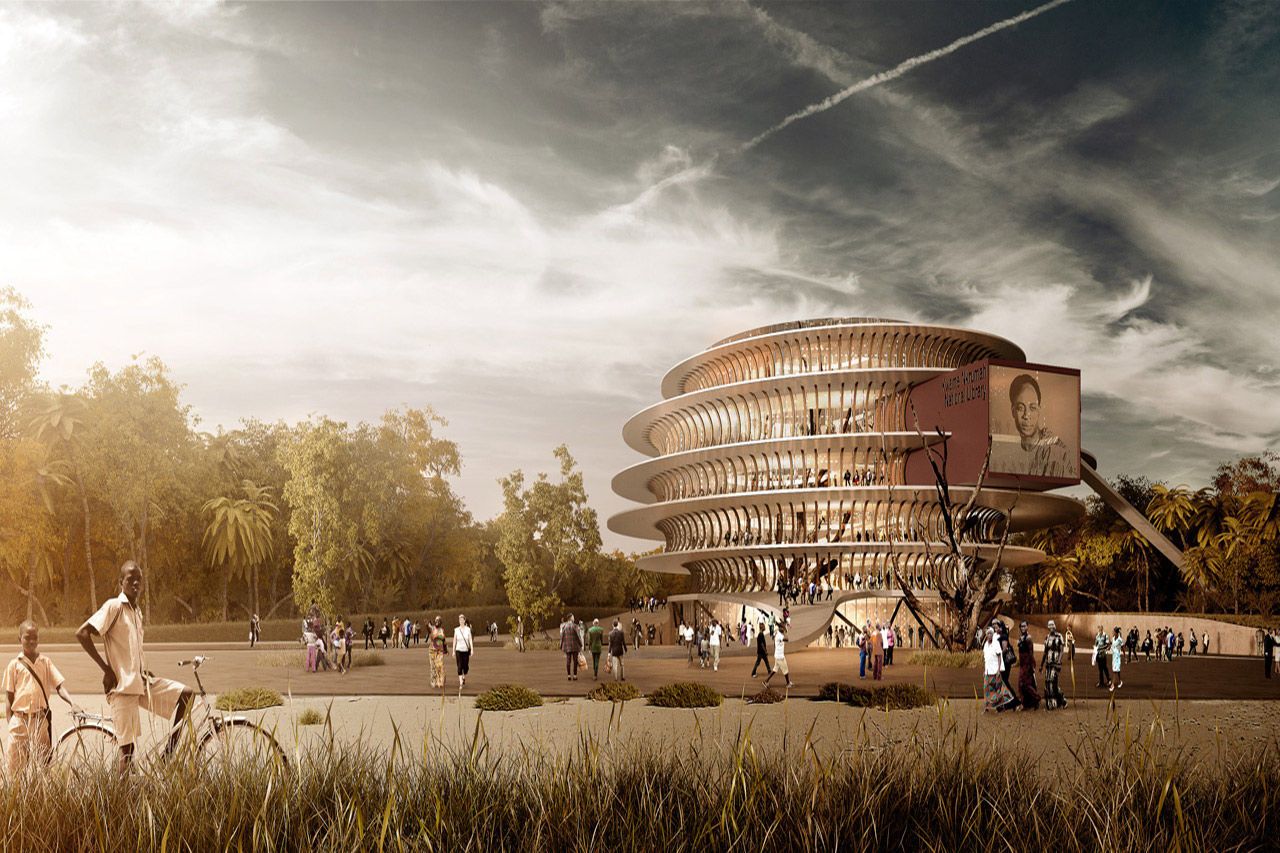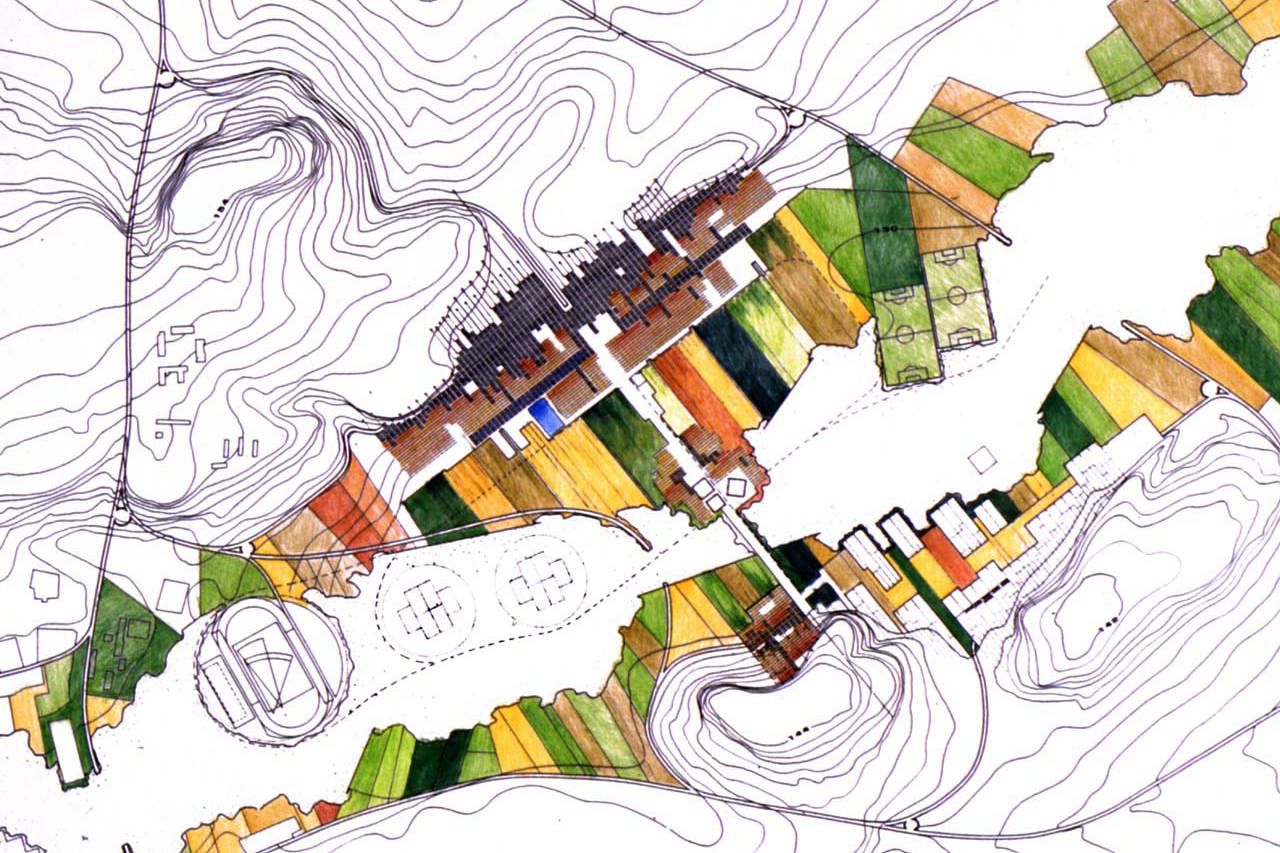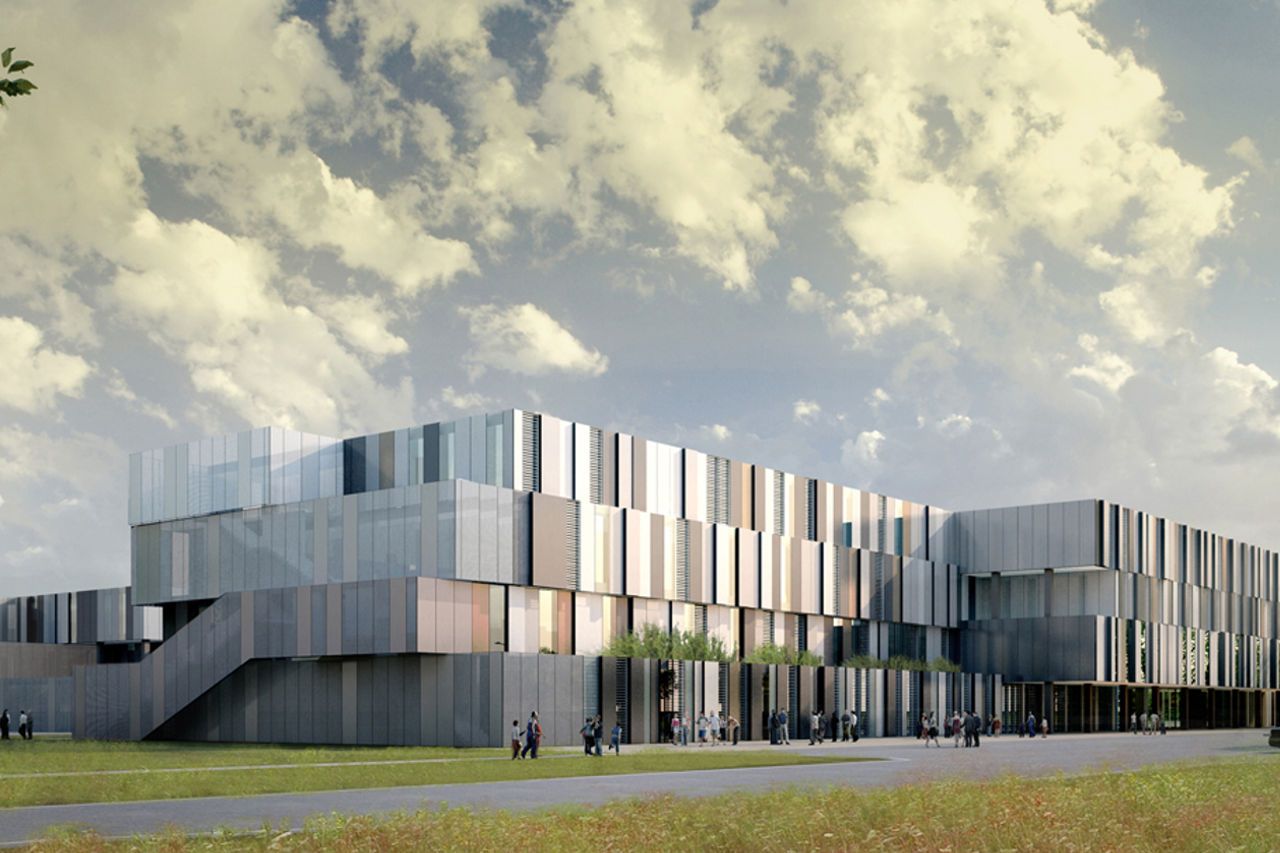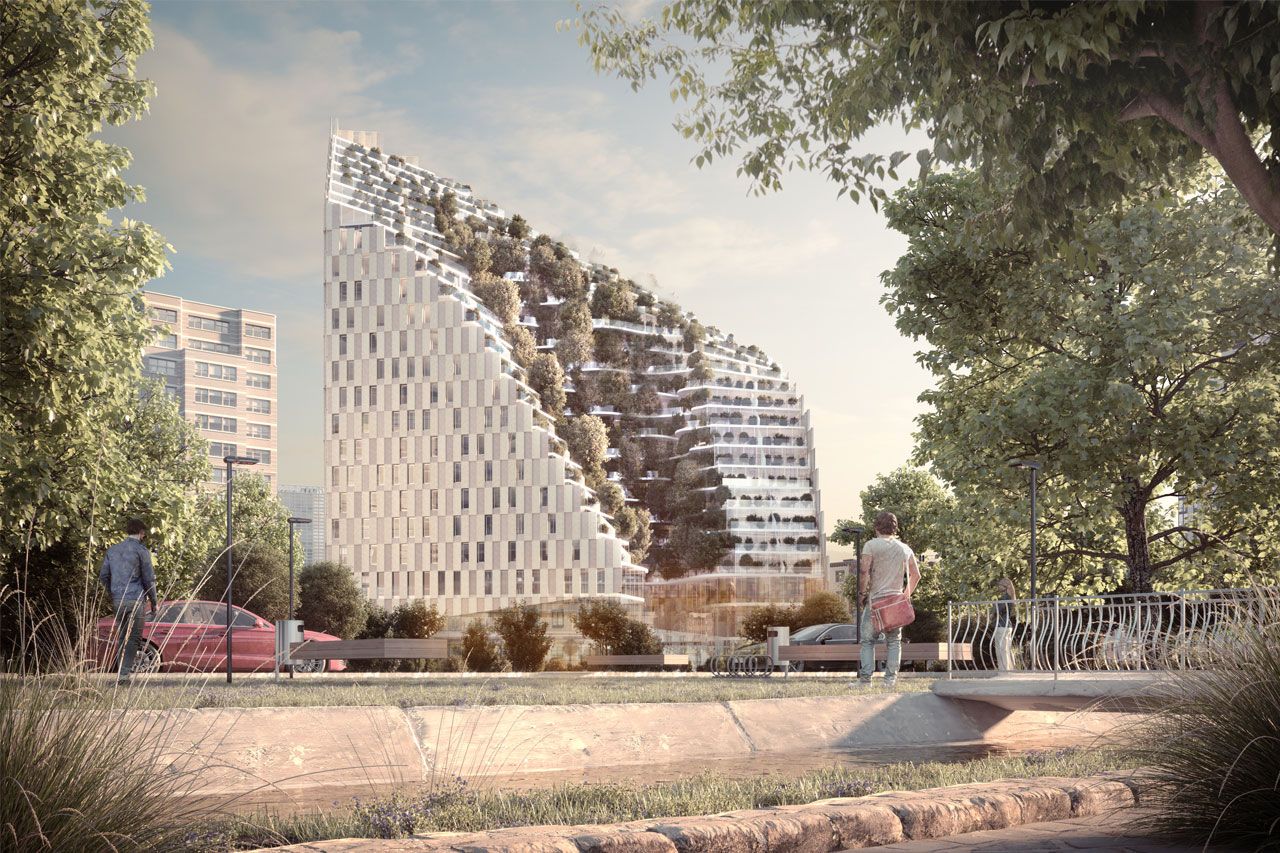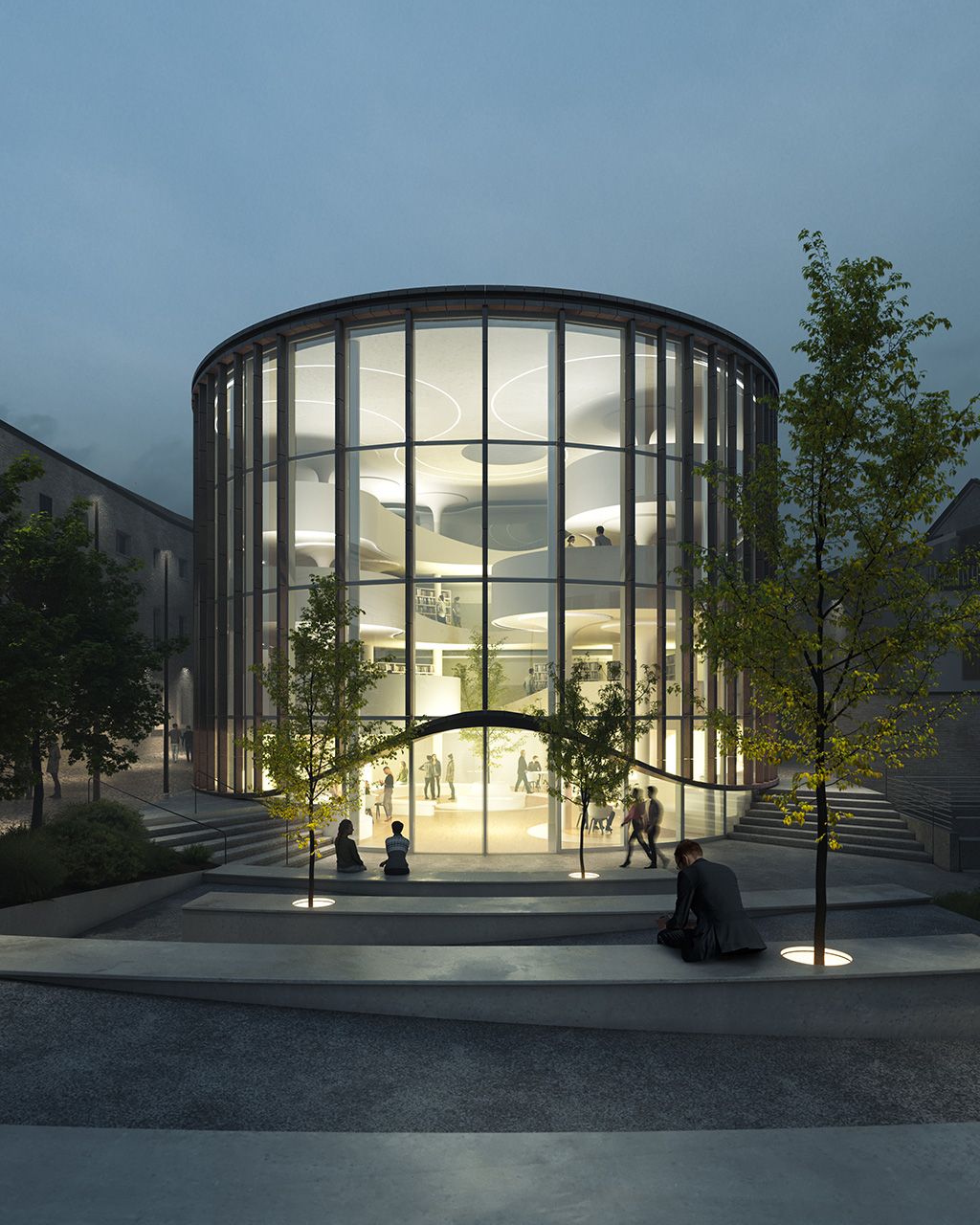The site straddles the urban expansion of Cremona and the Park of the River Po and Morbasco, reconnecting them. The New Hospital develops as a continuation of the new landscaped Healthcare Park and is arranged in a semi-circular configuration that ensures both elements are physically and visually permeable. The architectural design is based on centralising “cores” that serve as starting points from which new areas of future expansion can develop: at the places where the greenery emerges from the Healthcare Park, covered spaces are created that relate it to the surrounding landscape so that the Park can be colonised over time, enabling the new hospital to become an active place for social encounter and interaction.
To further encourage this development of new relationships with the community, the existing children’s nurseries and educational functions are complemented by a new library and short-stay residences for patients and families.
